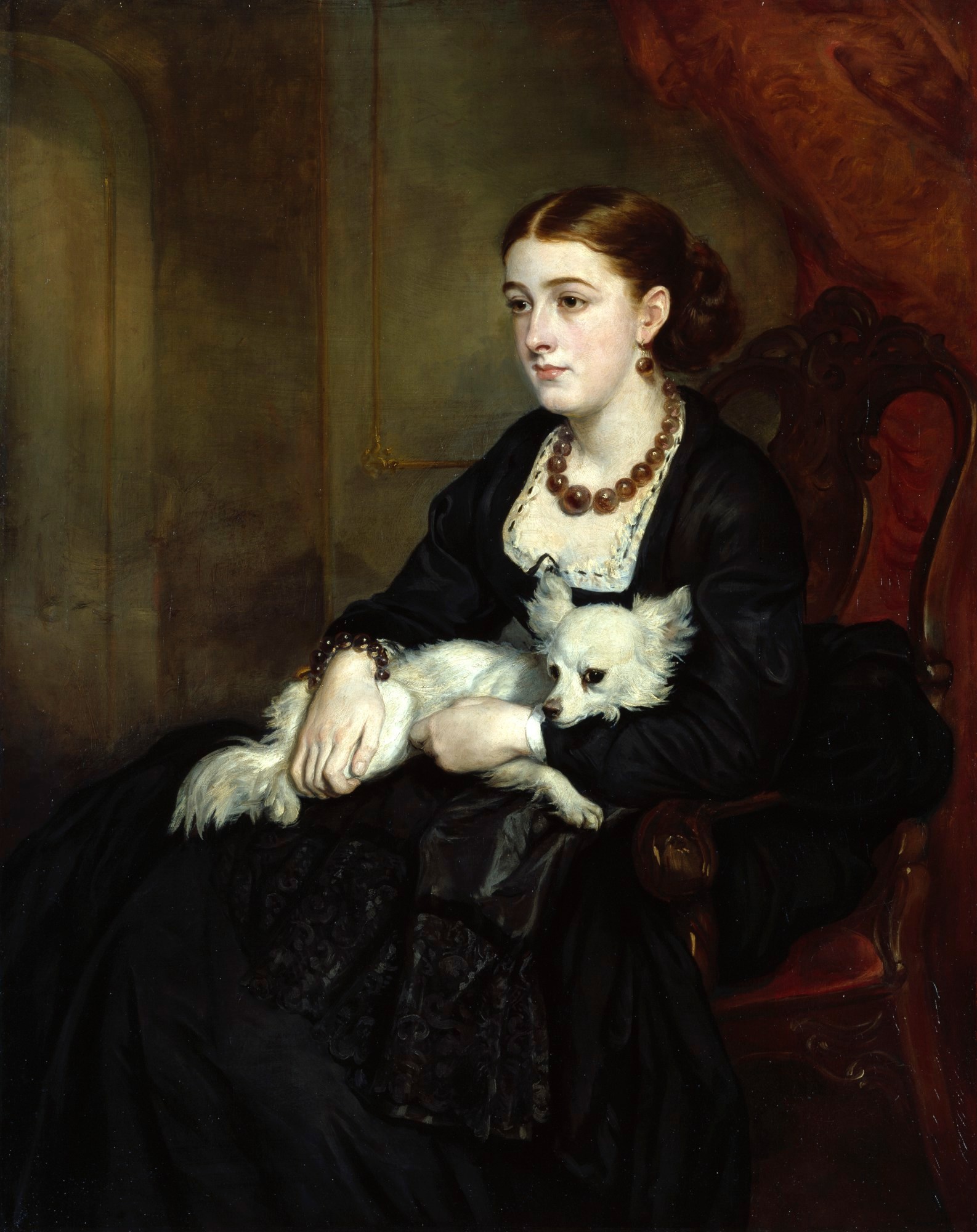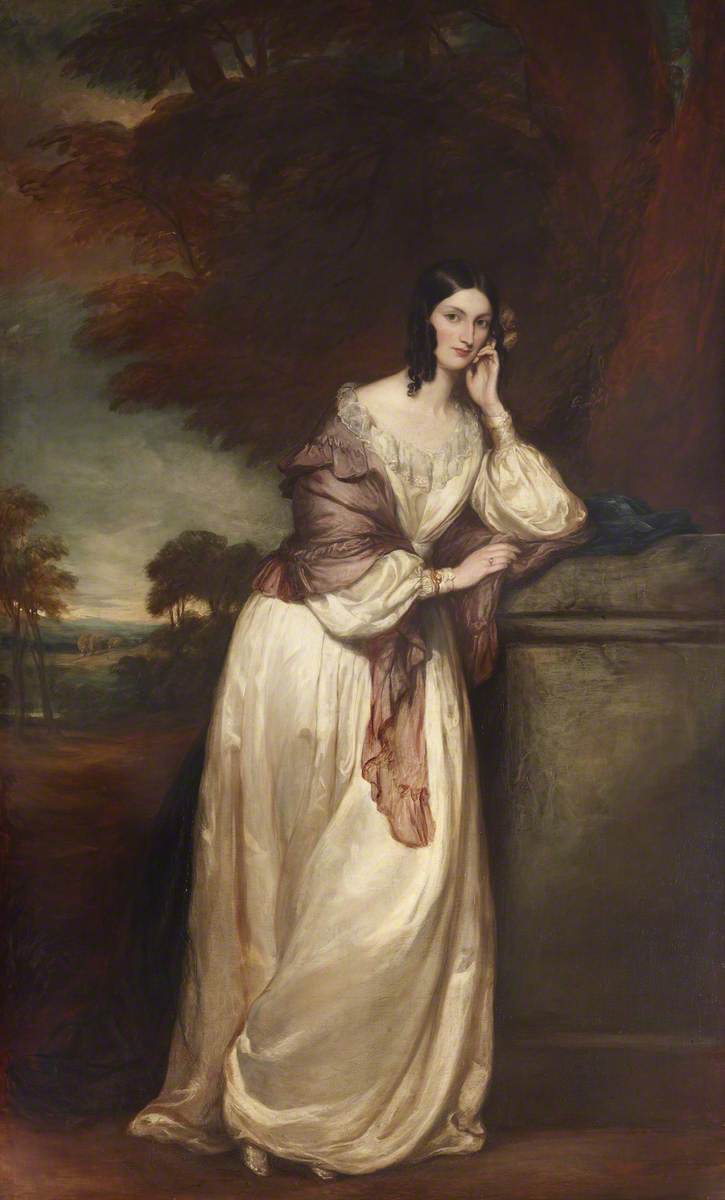William Fraser Garden, Houghton Mill
In a country village, two cousins both love the miller’s daughter.
Albert Julius Mott (?-1870) wrote three novels between 1856 and 1862 under the pseudonym A.J. Barrowcliffe. This, the last, has an intricate plot which runs its course over five days in a small village.
“The author . . . is able to breathe life into the creatures of his imagination, so that they perform his bidding naturally, and do not require the visible presence of his guiding hand. He has a thorough sympathy with nature. . . . And he has a keen insight into the complex machinery of the human mind. . . . Moreover, he possesses no small share of humour.” London Review, December 20, 1862
The author succeeds in “the production of a minutely finished and faithful picture of English country life. . . . Mr. Barrowcliffe’s story is quite sufficiently interesting, and is developed with considerable skill; but certainly the most noticeable point in his book is the extreme polish and smoothness of his style.” Spectator, December 27, 1862
“An honest purpose, a graceful style, and a certain novelty in construction, make this a very good story.” Examiner, April 4, 1863.
Download this week’s novel:




















